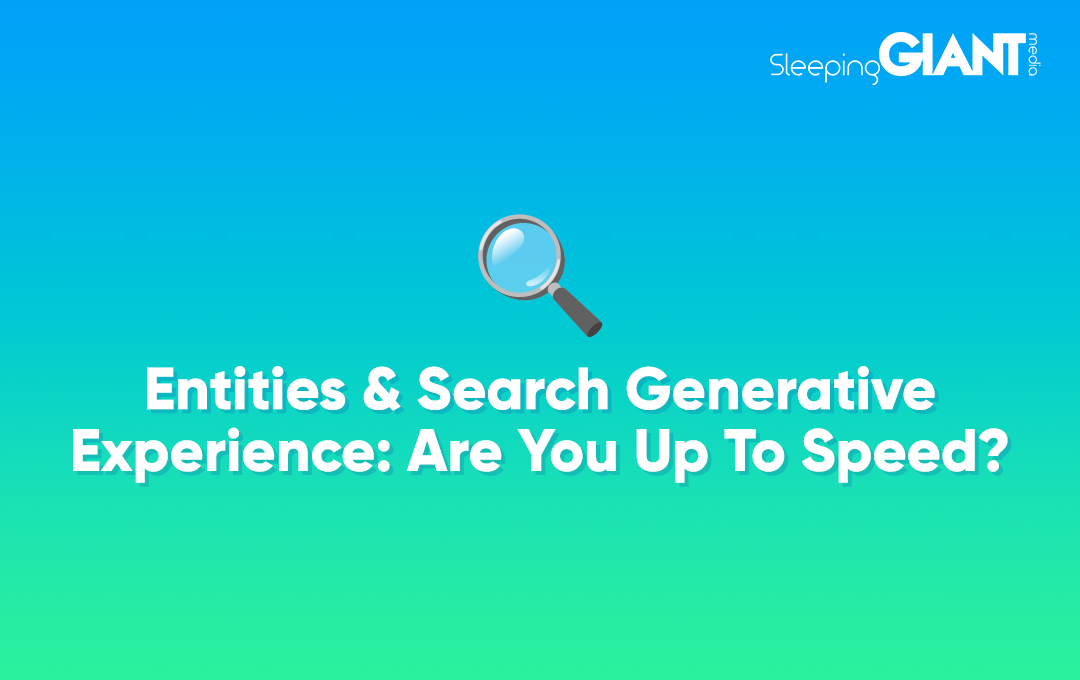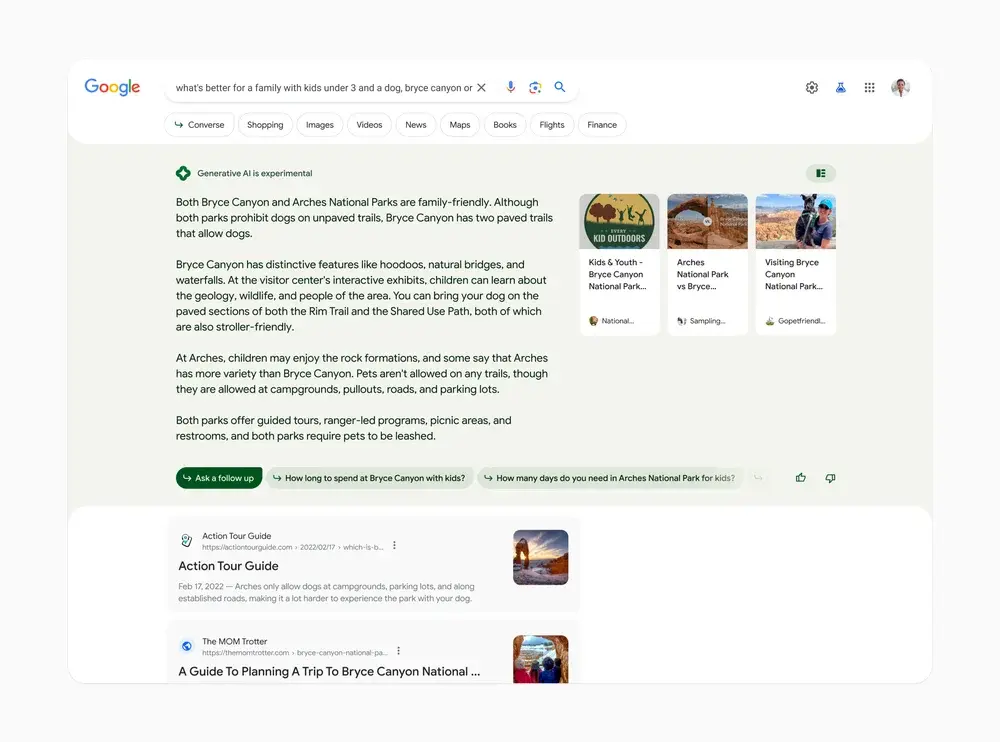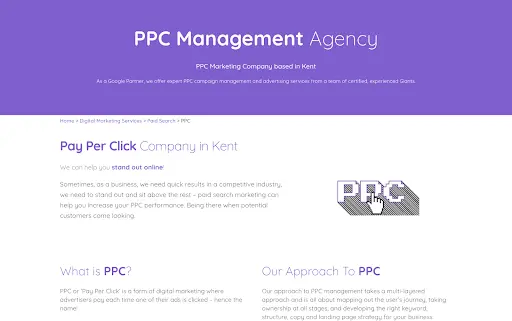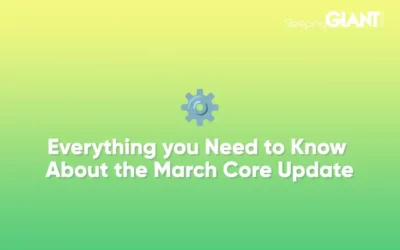
Entities & Search Generative Experience – Are you up to speed?
Heard your colleagues talking about ‘entities’ lately? Want to get clued up on generative search? Well, you’ve come to the right place.
We’ve put together a guide to all things entity SEO – including the lowdown on the changes you can expect with the shift towards entities and the ongoing testing developments for Google’s Search Generative Experience.
As well as being able to download our full guide at the end of this blog, we’ll also be releasing a series of blogs detailing everything from when entities first came about, to how to identify and optimise for entities on your own website.
So, let’s not waste time, huh?
Mythbusting: Are SEO entities new?
First things first, let’s get one thing straight: entities are not new. While they might be all the rage at the moment, taking online forums by storm in the same way that ChatGPT has done, entities have actually been around for about 10 years.
In May 2012, what is now known as entity SEO was ‘born’ with the creation of Google’s Knowledge Graph (more on this later). The introduction of the Knowledge Graph saw Google be able to understand the meaning and connections behind a keyword, leading to the coining of the phrase that all SEOs love: “Things not strings”.
So, why is everyone suddenly talking about entities now? If entities have been important to SEOs for over a decade, what’s bringing them to the surface now? We have our suspicion: the testing of AI search features like Google’s generative search.
What’s Google generative search?
SGE — or the Search Generative Experience — is an experimental version of Google’s search engine that uses artificial intelligence to generate contextual answers to complex questions. While all of these features are meant to help people find better answers faster, they are also designed to encourage the exploration of online content.
SGE is currently still only available in Search Labs as a beta test — and we are unsure as to whether it will ever launch fully. What we do expect to see, however, is the integration of some of the AI features that are currently being tested with SGE into Google’s search landscape.
The AI features involved in SGE aim to take the work out of searching, making the connections between things quicker, and showing users more of what they are looking for without them having to re-search or click around so much.
Similarly, AI features may slightly change the face of SERPs as we know them. Instead of the traditional blue links we are used to seeing on the SERP, we may see sources or entity snippets instead— and where Google gets this information from may change too.
It may well not be the biggest names or the highest-performing articles getting shown at the top of SERPs, but the most expert and experienced. Blogs and sites with smaller followings but expert content that shows first-hand experience may be brought into general search results a lot more, seeing the extra ‘E’ (experience) in Google’s E-E-A-T acronym skyrocket in importance.

The pros & cons of generative search
Cons
Google normal search is a manual process. Users search with a question or keyword, and Google uses its algorithm to determine the intent / entities you are asking about. It then returns a list of websites containing the content it thinks you want, which is syndicated from other websites.
AI searches may be more limited, as the AI will analyse all the search results and then collate that information to generate custom content based on what it’s learnt. So, an answer could be pulled from several sources (which we hope will be linked in the sources section). The problem with this approach is that it could be “learning” from misinformation or incorrect facts, which is why Google is concentrating so heavily at the moment on helpful, factually correct content, so that it can “weed out” what’s true and what’s not, ready for AI to learn from.
Things like generative AI search will only really “work” if a user asks a follow up question, otherwise it will remain a little bit like the featured snippet or a Knowledge Panel but at the top of the page, rather than the side.
Pros
On the other hand, with AI search features, users will spend less time visiting websites and more time asking questions to the AI. It will be distraction-free browsing, as users won’t be faced with as many ads as now. While this sounds great for the user, as marketers we’ll have to wait and see how this impacts our strategies going forwards – as time on site and reliance on paid advertising are obviously major players when it comes to digital marketing in today’s world.
What’s more, search results will become more visual, with more videos, images, audio, and rich results. Google is already experimenting with “intent bubbles” to act as filters to see what else people want to know about a topic when searching.
But what has this got to do with entities?
Our Head of SEO, Kathryn Bevan, explains: “While entities have been a concept in SEO for a number of years, we are anticipating that this is going to become even more important. As Google’s AI search features continue to develop, the core way we expect to be able to influence the information it will surface about different topics is by clearly defining and marking up entities on websites, so that Google builds a good understanding of the topics that you are relevant for.”
What are entities in SEO?
So, now let’s meet the main event: entities. Before things went digital, an entity was simply defined as an existing real thing or object — perhaps even a concept. Now, however, thanks to SEO, we have a different definition that focuses more on the relationships between things in our increasingly interconnected society:
An entity is a uniquely identifiable object or thing characterised by its name(s), type(s), attributes, and relationships to other entities.
In SEO, an entity is only considered to exist when it exists in an entity catalogue like Wikipedia, Wikidata, dbpedia.com, or Google’s Knowledge Graph. In terms of how search engines perceive entities, they are broken down into the following 5 categories:
1. Person
2. Place
3. Thing
4. Idea
5. Concept
So, what do entities in SEO actually look like and how do you find them?
Examples of entities in SEO
On every web page with content, there will be a discernible amount of entities — and it’s up to us to identify them, so that we can optimise them and build an entity framework displaying:
- What entities are on the site
- How the entities relate to each other
- Any gaps where things should be entities but aren’t
Taking our own PPC Services Page as an example, we would expect the entities to be things like ‘PPC’, ‘PPC services’, ‘pay per click’, ‘Sleeping Giant Media’, and so on. Using a tool like Text Razor allows us to identify the following entities in the content.
Here are three examples:
1. PPC Marketing Company
2. As a Google Partner, we offer expert PPC campaign management and advertising services from a team of certified, experienced Giants.
3. Pay Per Click Company

Want to learn more about entities, and the impact they’re going to have on the future of SEO? Download our full guide here – where we talk about everything from how to identify your entities, to the steps you need to take to be ready for future changes in Google’s search.
Blog
Everything you Need to Know About the March Core Update
We knew it wouldn’t be long before Google released their first core update of...
Giant Wednesday
How To Optimise Images For Websites
Digital Marketing, technology & business insights, how-to's and explainer...
Follow Us
Sign Up For More
Stay up to date with the latest happenings, learnings, events & more with our GIANT Newsletters.
Contact Us
Top Floor, The Civic Centre, Castle Hill Avenue, Folkestone CT20 2QY.





